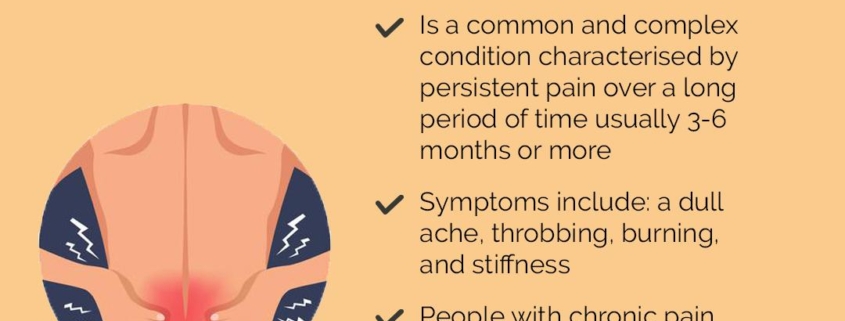
Chronic Pain Management
Overview
Chronic pain is a prevalent health condition affecting millions around the globe. Unlike acute pain that signals an injury or illness, chronic pain tends to linger, often persisting for months or even years. It can be a severe and often life-altering condition that can impact mood, relationships, and overall quality of life.
Types of Chronic Pain
Chronic pain can manifest in many forms, including:
-
- Neuropathic pain: Associated with nerve damage or disease.
-
- Somatic pain: Sourced from the skin, muscles, and soft tissues.
-
- Visceral pain: Originating from the internal organs.
-
- Psychogenic pain: Pain from psychological factors.
Causes
Chronic pain often stems from an initial injury or an ongoing illness. However, some people experience chronic pain with no evident cause, which can be particularly frustrating. Some common causes involve:
-
- Injuries or surgeries
-
- Arthritis
-
- Nerve damage
-
- Fibromyalgia
-
- Migraines
-
- Back problems
Symptoms
Chronic pain can present itself in various ways, usually characterized by the following symptoms:
-
- Persistent pain lasting for more than 12 weeks
-
- Aching or discomfort
-
- Feeling of tiredness
-
- Sleep disturbances
Diagnosis
The diagnosis of chronic pain typically follows after other potential causes have been ruled out. Medical history, physical exams, and diagnostic tests like X-rays or MRIs can all contribute to a chronic pain diagnosis.
Treatment Options
While chronic pain may not be entirely curable, it can often be managed effectively. Treatment options include:
-
- Pain medication, such as non-steroidal anti-inflammatory drugs (NSAIDs)
-
- Physiotherapy
-
- Acupuncture
-
- Cognitive-behavioral therapy (CBT)
-
- Surgery, in severe cases
Living With Chronic Pain Management
Managing chronic pain primarily revolves around minimizing the pain and enhancing function. Some tips include:
-
- Consistent exercise
-
- Eating a healthy diet
-
- Following medication prescriptions and regimens
-
- Utilizing relaxation techniques
-
- Engaging in cognitive-behavioral therapy
When to Seek Help
Immediate medical attention should be sought if your pain is associated with trauma, is characterized by acute or severe symptoms, or if it interferes with your ability to perform daily activities.
Remember: chronic pain is a serious condition, but help is available. With the right treatment and support, you can manage your pain and regain control over your life.
